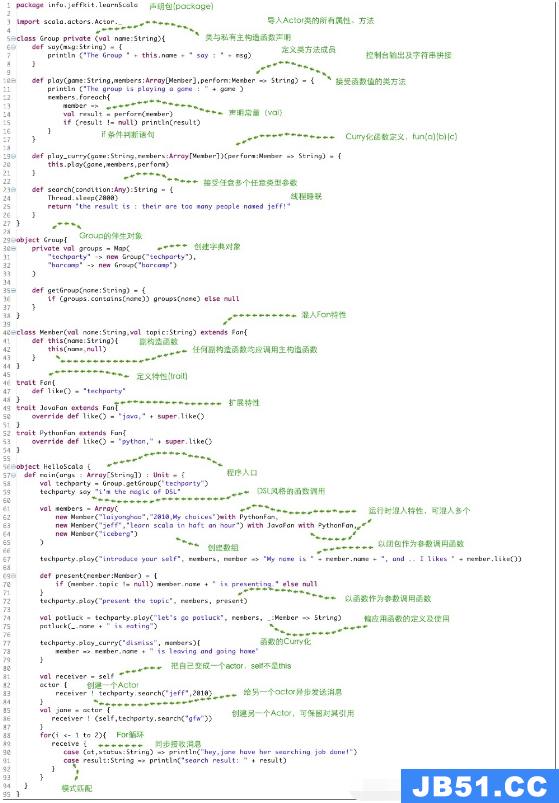在Spark Mllib(F score,AUROC,AUPRC等)中训练随机森林二元分类器模型时,我们如何获得模型指标?
问题是BinaryClassificationMetrics采用概率,而RandomForest分类器的预测方法返回离散值0或1.
见:https://spark.apache.org/docs/latest/mllib-evaluation-metrics.html#binary-classification
RandomForest.trainClassifier没有任何clearThreshold方法,这将使其返回概率而不是离散的0或1标签.
解决方法
我们需要使用基于新的ml DataFrames的API来获取概率,而不是基于RDD的mllib API.
更新
以下是Spark文档的更新示例,以使用BinaryClassificationEvaluator并显示指标:接收器操作特性下的区域(AUROC)和精确调用曲线下的区域(AUPRC).
import org.apache.spark.ml.Pipeline
import org.apache.spark.ml.classification.RandomForestClassifier
import org.apache.spark.ml.evaluation.BinaryClassificationEvaluator
import org.apache.spark.ml.feature.{IndexToString,StringIndexer,VectorIndexer}
// Load and parse the data file,converting it to a DataFrame.
val data = sqlContext.read.format("libsvm").load("D:/Sources/spark/data/mllib/sample_libsvm_data.txt")
// Index labels,adding Metadata to the label column.
// Fit on whole dataset to include all labels in index.
val labelIndexer = new StringIndexer()
.setInputCol("label")
.setoutputCol("indexedLabel")
.fit(data)
// Automatically identify categorical features,and index them.
// Set maxCategories so features with > 4 distinct values are treated as continuous.
val featureIndexer = new VectorIndexer()
.setInputCol("features")
.setoutputCol("indexedFeatures")
.setMaxCategories(4)
.fit(data)
// Split the data into training and test sets (30% held out for testing)
val Array(trainingData,testData) = data.randomSplit(Array(0.7,0.3))
// Train a RandomForest model.
val rf = new RandomForestClassifier()
.setLabelCol("indexedLabel")
.setFeaturesCol("indexedFeatures")
.setNumTrees(10)
// Convert indexed labels back to original labels.
val labelConverter = new IndexToString()
.setInputCol("prediction")
.setoutputCol("predictedLabel")
.setLabels(labelIndexer.labels)
// Chain indexers and forest in a Pipeline
val pipeline = new Pipeline()
.setStages(Array(labelIndexer,featureIndexer,rf,labelConverter))
// Train model. This also runs the indexers.
val model = pipeline.fit(trainingData)
// Make predictions.
val predictions = model.transform(testData)
// Select example rows to display.
predictions
.select("indexedLabel","rawPrediction","prediction")
.show()
val binaryClassificationEvaluator = new BinaryClassificationEvaluator()
.setLabelCol("indexedLabel")
.setRawPredictionCol("rawPrediction")
def printlnMetric(metricName: String): Unit = {
println(metricName + " = " + binaryClassificationEvaluator.setMetricName(metricName).evaluate(predictions))
}
printlnMetric("areaUnderROC")
printlnMetric("areaUnderPR")


